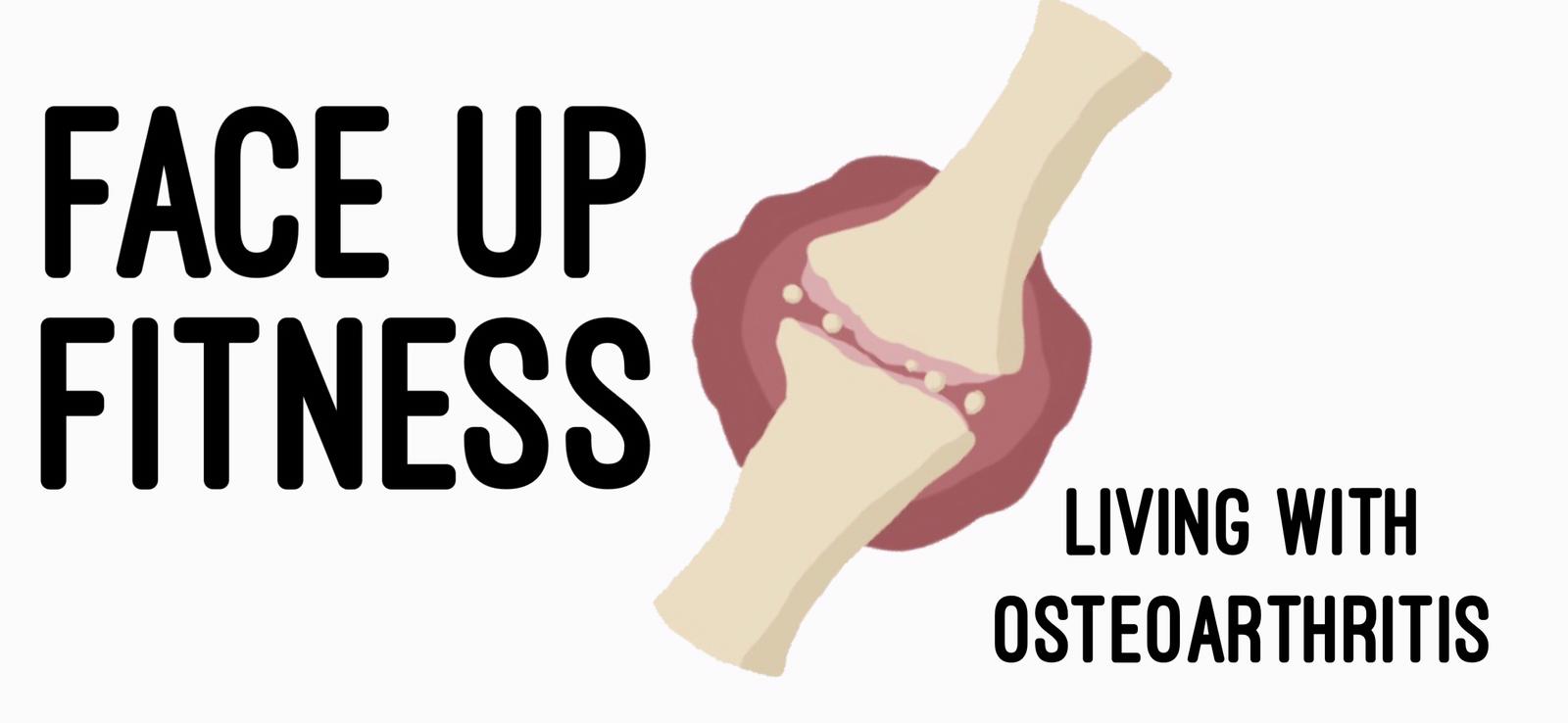Wednesday 18 November 2015
Face Up Fitness: Ladies, Are Those Heavy Lifts Damaging Your Health?
A few months back I had a health scare. I woke up one morning with pretty intense lower back pain. The previous day had been ‘back day’ at the gym, and I knew the two had to be connected.
I immediately called my GP (never neglect pain) and got an appointment for the next day. I then made the fatal mistake of googling ‘lower back pain’ and I convinced myself that the pain was due to a weak pelvic floor, something every mum who’s been through natural childbirth fears like the proverbial plague.
A weak pelvic floor has particular implications for anyone who does fitness and sport. If too much downward pressure is placed onto those layers of muscles and ligaments that make up the pelvic floor, it can lead to incontinence later in life or worse a uterine prolapse - please don’t Google latter if you have a weak stomach!
A weak pelvic floor is a red flag for anyone who performs exercises with heavy weights, such as weighted squats (especially low and wide ones) and weighted standing barbell lifts. Planks and full press ups are also out - even though they don’t involve weights, the pelvis isn’t supported during these types of exercises.
It made worrying reading for someone like me, who does all of these exercises week in, week out at the gym.
The following day I tootled off to my GP, feeling terribly anxious. My GP examined me (never pleasant) and, mercifully, reassured me that my pelvic floor isn’t weak. Whoopee? Not quite!
While I could continue to exercise without modification, it was important to pick-up the pelvic floor exercises again (or Kegels, to give them their correct name). I was referred to a specialist physio who could show me how to do them properly - they’re completely ineffective if the technique is anything but spot on.
As well as performing Kegels, it’s vital to get your technique right when lifting weights: always keep your back straight, and always pull up the pelvic muscles just before you perform a lift.
As for me, I’m now on a strict Kegel programme, performing 120 reps a day! That’s divided into six separate sets, each one involving ten slow pulls (pull up and hold for a count of ten, then release and rest for a count of five), and ten fast ones (pull up and release quickly, ten times).
I’m also consciously remembering to pull up those muscles at the gym before every squat and every standing bar bell exercise! Well, I simply can’t get those Google images of uterine prolapse out of my head!
©
Face Up Fitness. All rights reserved.



